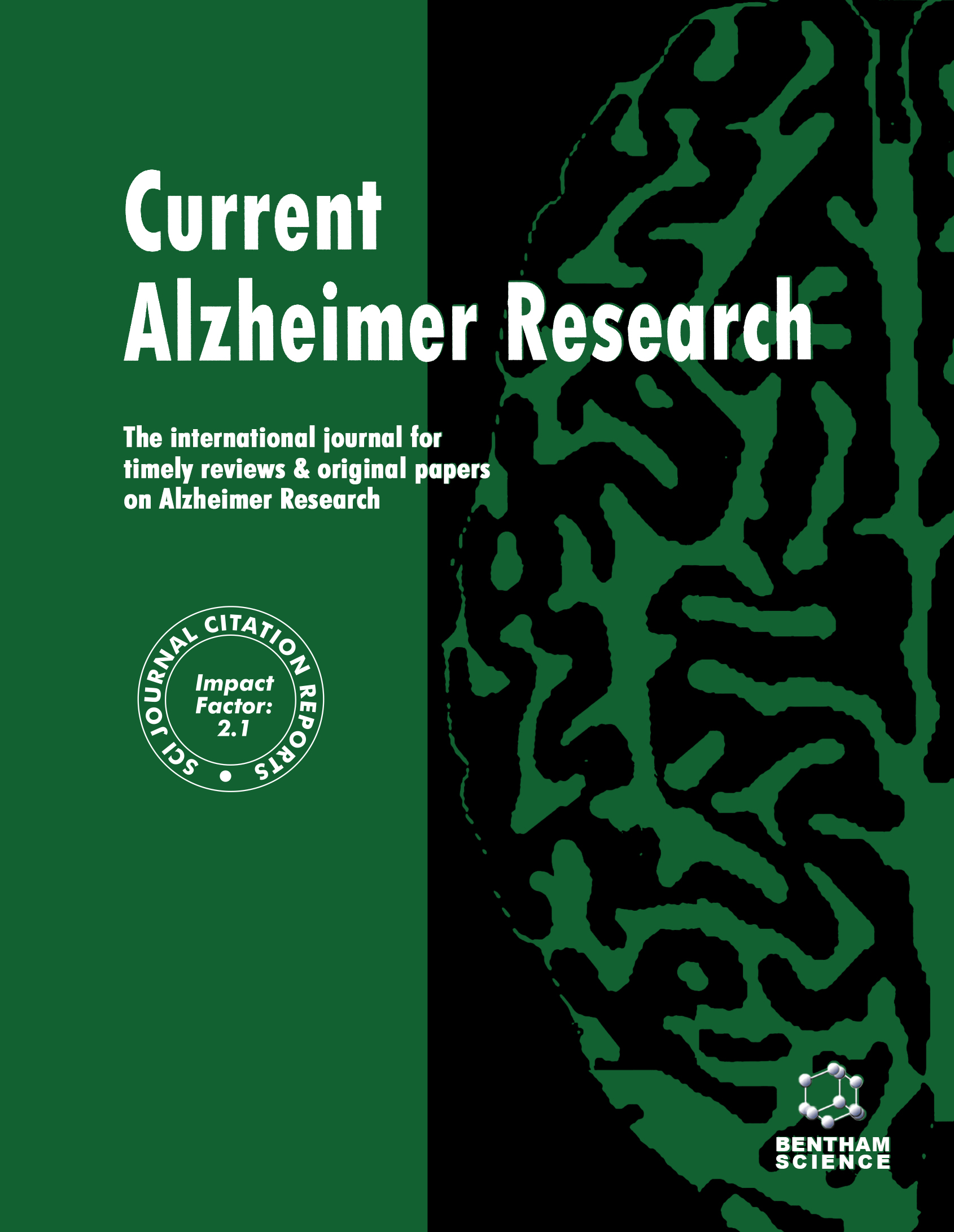-
s Blood Biomarkers Discriminate Cerebral Amyloid Status and Cognitive Diagnosis when Collected with ACD-A Anticoagulant
- Source: Current Alzheimer Research, Volume 20, Issue 8, Aug 2023, p. 557 - 566
-
- 01 Aug 2023
Abstract
Background: The development of biomarkers that are easy to collect, process, and store is a major goal of research on current Alzheimer’s Disease (AD) and underlies the growing interest in plasma biomarkers. Biomarkers with these qualities will improve diagnosis and allow for better monitoring of therapeutic interventions. However, blood collection strategies have historically differed between studies. We examined the ability of various ultrasensitive plasma biomarkers to predict cerebral amyloid status in cognitively unimpaired individuals when collected using acid citrate dextrose (ACD). We then examined the ability of these biomarkers to predict cognitive impairment independent of amyloid status.Methods: Using a cross-sectional study design, we measured amyloid beta 42/40 ratio, pTau-181, neurofilament-light, and glial fibrillary acidic protein using the Quanterix Simoa® HD-X platform. To evaluate the discriminative accuracy of these biomarkers in determining cerebral amyloid status, we used both banked plasma and 18F-AV45 PET cerebral amyloid neuroimaging data from 140 cognitively unimpaired participants. We further examined their ability to discriminate cognitive status by leveraging data from 42 cognitively impaired older adults. This study is the first, as per our knowledge, to examine these specific tests using plasma collected using acid citrate dextrose (ACD), as well as the relationship with amyloid PET status.Results: Plasma AB42/40 had the highest AUC (0.833, 95% C.I. 0.767-0.899) at a cut-point of 0.0706 for discriminating between the two cerebral amyloid groups (sensitivity 76%, specificity 78.5%). Plasma NFL at a cut-point of 20.58pg/mL had the highest AUC (0.908, 95% CI 0.851- 0.966) for discriminating cognitive impairment (sensitivity 84.8%, specificity 89.9%). The addition of age and apolipoprotein e4 status did not improve the discriminative accuracy of these biomarkers.Conclusion: Our results suggest that the Aβ42/40 ratio is useful in discriminating clinician-rated elevated cerebral amyloid status and that NFL is useful for discriminating cognitive impairment status. These findings reinforce the growing body of evidence regarding the general utility of these biomarkers and extend their utility to plasma collected in a non-traditional anticoagulant.


